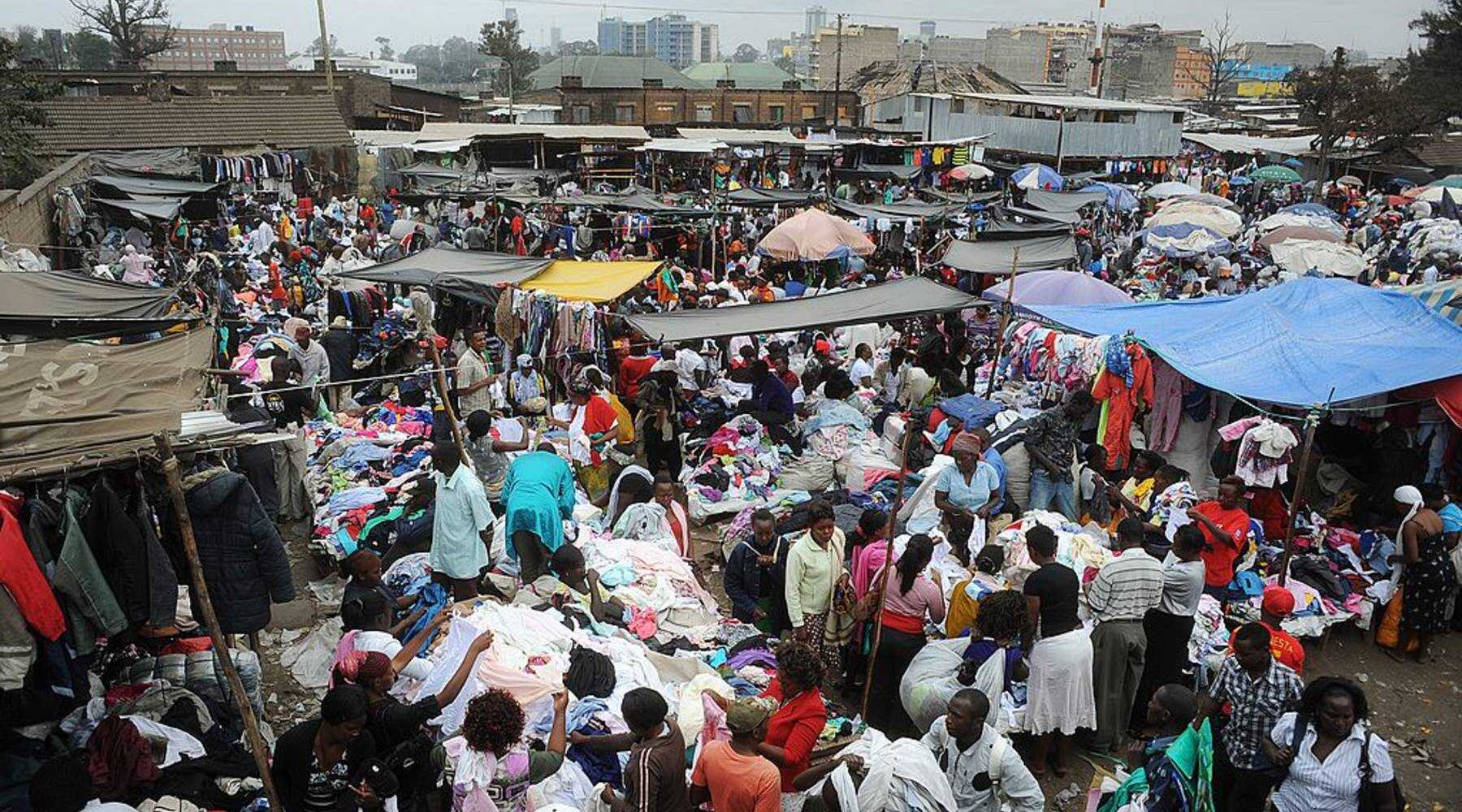Email format error
Email cannot be empty
Email already exists
6-20 characters(letters plus numbers only)
The password is inconsistent
Email format error
Email cannot be empty
Email does not exist
6-20 characters(letters plus numbers only)
The password is inconsistent


Global Trade Shifts Create Unlikely Opportunities
As the world watches the escalating US-China trade tensions unfold – with Trump's proposed 60% tariffs and Biden's strategic levies reshaping supply chains – an unexpected beneficiary is emerging in the global apparel industry: Africa. The continent's $31 billion textile and garment sector is poised to become the next battleground in the geopolitical fashion wars, blending traditional craftsmanship with 21st-century manufacturing ambitions.
Africa's Ready-to-Wear Renaissance
While Chinese manufacturers scramble to reroute exports through Vietnam and Mexico, African nations are leveraging their unique position:
Ethiopia's Hawassa Industrial Park now hosts PVH (Calvin Klein) and H&M factories
Rwanda's Made in Africa initiative boosted textile exports by 73% since 2021
Nigeria's vibrant "ankara print" culture fuels a $4.8 billion domestic fashion market
The Rise of Pan-African Menswear Aesthetics
Contemporary African designers are redefining global menswear:
Designer
Signature Style
Global Stockists
Laduma Ngxokolo (South Africa)
Xhosa-inspired knitwear
Bergdorf Goodman, MR PORTER
Kenneth Ize (Nigeria)
Asoke fabric suits
Net-a-Porter, SSENSE
The Sustainability Edge
African production offers environmental advantages that align with EU/US regulations:
Organic cotton yields up to 30% higher in Tanzania vs. Chinese farms
Kenya's geothermal-powered factories cut carbon footprints by 40%
Circular economy models using recycled kitenge fabrics gain traction
Tariff Engineering 2.0
Smart manufacturers exploit AGOA (African Growth and Opportunity Act) benefits:
"Our Lesotho facility combines Chinese automation with African craftsmanship to create tariff-free premium shirts for Brooks Brothers," says Zhang Wei, COO of Nanyang Textiles.
Challenges & Opportunities
Infrastructure gaps: Only 38% of African factories have reliable power
Skills development: Ethiopia's 12 new textile vocational schools train 15,000 annually
Digital integration: Andela's software developers create AI pattern-making tools
The Road Ahead
As global brands seek China+1 diversification strategies, Africa's apparel sector could capture $15-20 billion in redirected trade flows by 2030. The fusion of African design ingenuity with Chinese manufacturing expertise creates a new paradigm in global fashion – one that might make Trump's tariff walls obsolete through sheer creative reinvention.
Final Thought: In this new era of trade wars and supply chain chess games, Africa isn't just playing catch-up – it's rewriting the rules of global fashion commerce.